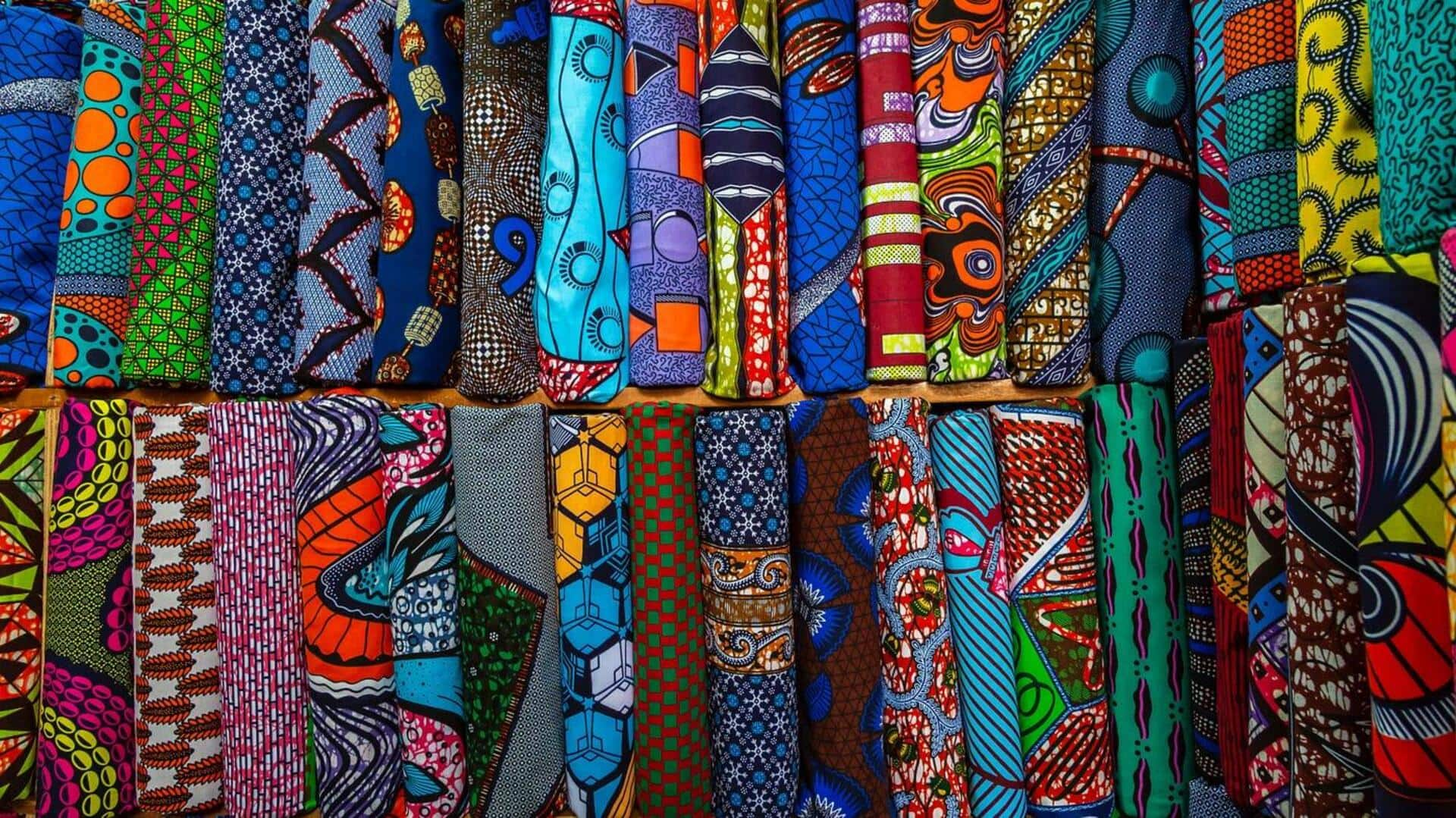
The art of African storycloths
What's the story
African storycloths provide a vibrant window into the rich cultural heritage and oral storytelling traditions of African societies. These textiles go beyond art; they are histories and stories woven, embroidered, or painted onto cloth, capturing everything from historical events and myths to the rhythm of everyday life. Dive into the article to discover the fascinating world of African storycloth artistry, a tradition as diverse and significant as the continent itself.
Background
Historical roots and significance
The tradition of storycloths in Africa spans hundreds of years, with some pieces dating back to the 17th century. Before written language became common in certain parts of Africa, people used applique cloths to record history. Depicting everything from royal lineages to pivotal battles, these vibrant textiles offer glimpses into the social and political dynamics of the past.
Craftsmanship
Techniques and materials
The process of creating a storycloth encompasses several techniques, including weaving, embroidery, applique, and painting. The chosen method often reflects the region's unique traditions and available resources. While cotton is the most frequently used material across Africa due to its abundance, some regions also use other materials like silk and raffia. Dyes used to color these cloths are typically obtained from natural sources, such as plants and minerals.
Diversity
Regional variations
The art of storycloth is not a monolith in Africa; the continent's rich tapestry of cultures gives rise to distinct traditions. In West Africa, specifically Ghana, narrative textiles called Adinkra cloths are decorated with symbolic motifs that express traditional wisdoms and proverbs. Conversely, in Southern Africa, the Ndebele people craft intricate storyquilts depicting personal experiences or community histories through vibrant geometric patterns.
Modernity
Contemporary relevance
Traditionally significant African storycloths are experiencing a renaissance in the contemporary art world, both within Africa and on the global stage. Modern artists are skillfully weaving together the threads of tradition and the present, tackling social issues or modern life's facets with a nod to their cultural roots. This unique blend of old and new has shone a well-deserved spotlight on this art form, fostering sustainable livelihoods for many artisans.
Conservation
Collecting and preserving storycloths
For enthusiasts dedicated to collecting and preserving these pieces of history and culture, knowing how to care for them is crucial. Keep them out of direct sunlight to prevent colors from fading, and regulate humidity to avoid mildew growth. Purchasing directly from artisans or through reputable galleries also guarantees the support and continuation of the tradition.